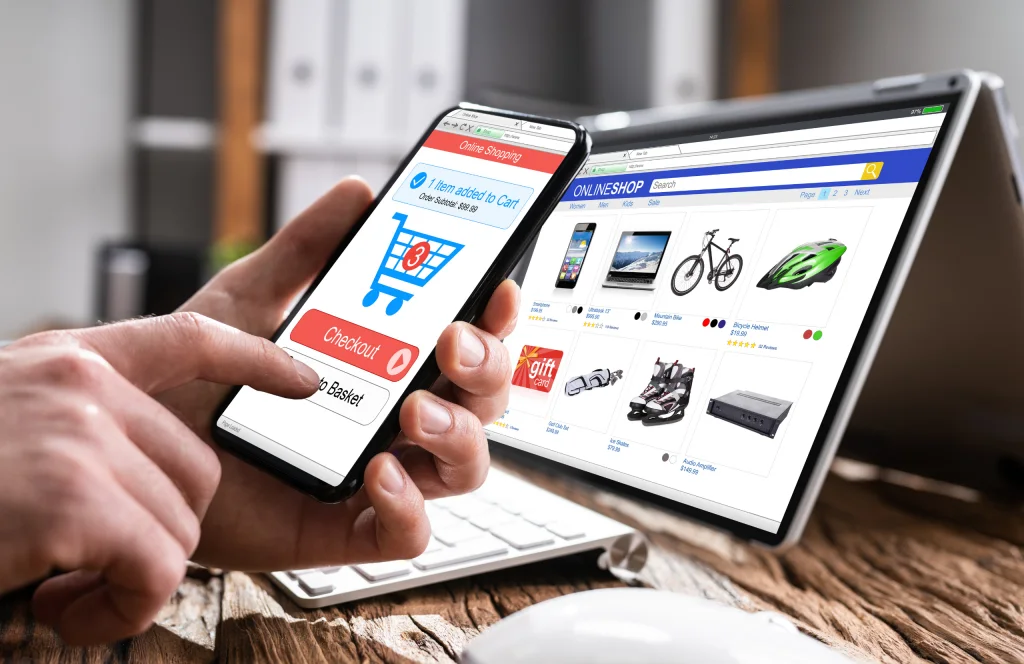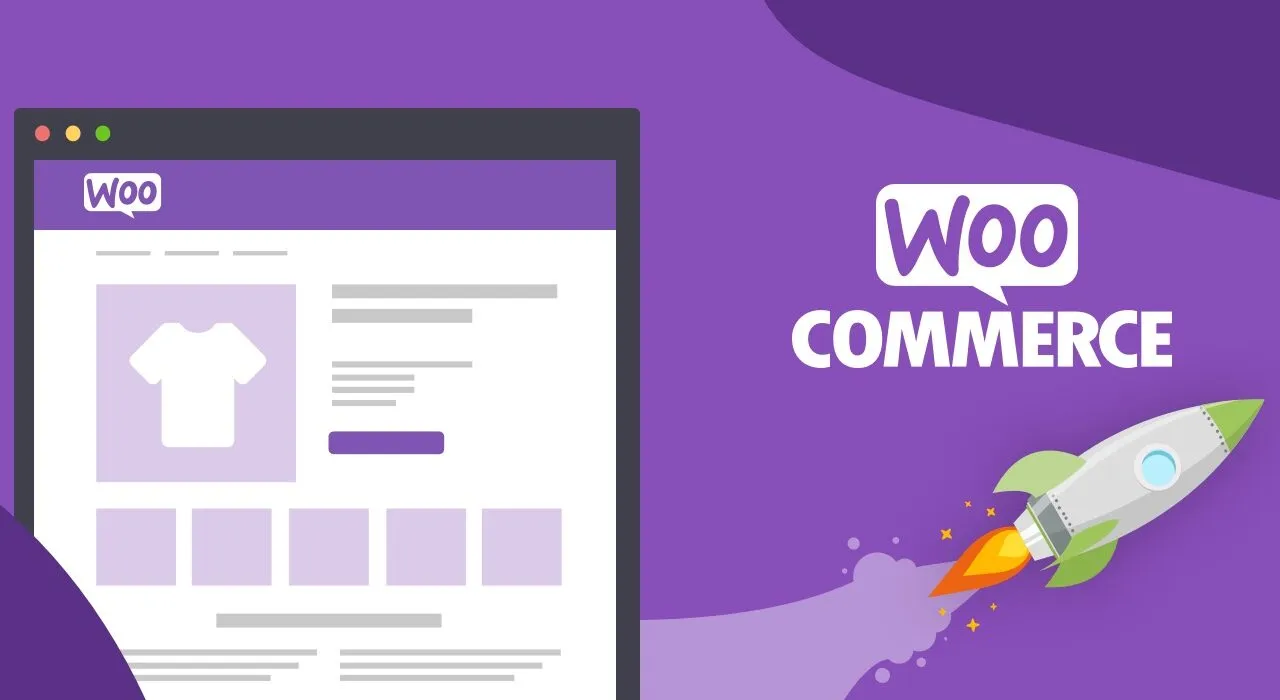The future of digital commerce is customer experience. According to Walker Insights, it is the most essential brand differentiator, not price or product, as many believe. Of course, an attractive offer, reasonable price, and similar factors are also important. But ultimately, what separates one company from another lies in the success of the customer experience.
But what exactly does customer experience (or CX for short) mean?
Customer experience refers to each interaction a customer has with a brand across all sales channels — whether it is online or offline, desktop or mobile. It’s a broad definition, but the factors that make up outstanding CX are also vast – from the look and feel of the website to 24/7 customer assistance and responding to negative social media reviews.
CX will always be important—but when it comes to making your business as successful as possible and distinguishing yourself from the competition, the eCommerce customer experience might make or break your results. If your clients have a negative encounter with your eCommerce firm, this will most certainly leave a lasting impression. In such an extremely competitive market, they won’t have to look far to find a better CX elsewhere.
As SuperOffice puts it, “Customers no longer base their loyalty on price or product. Instead, they stay loyal to companies due to the experience they receive. If you cannot keep up with their increasing demands, your customers will leave you.”
What is an eCommerce customer experience
eCommerce customer experience includes everything from buying a new microwave on your phone’s Amazon app, to selecting and paying for a music subscription service on your tablet, to purchasing a concert ticket on your laptop.
eCommerce shopping experiences might vary greatly. But they must all be easy and hassle-free for your customers.
All the steps on your customer’s journey sum up to a positive or negative customer negative experience. It begins when a potential consumer comes into contact with your brand for the first time, whether through a recommendation from a friend, viewing an advertisement, conducting a web search, or any other means. The first impression is crucial. The next key event is a visit to your eCommerce website, where everything can influence perception: text, graphics, product search, buying process, and web page performance. If the visit is satisfactory and the product matches expectations, the next stage of the customer experience begins with payment and transaction completion as well as any support or follow-up.
Also critical to your future success is to provide icing on the cake – fast and accurate shipping, as well as exceptional post-sales service.
If a customer has a hard time even after deciding to buy a product, they may be more willing to drop their cart and buy something from your competitor. Unlike the traditional brick-and-mortar store where there’s a personal touch, improving customer retention online is futile. When you lose potential and present consumers, you have to invest more money to acquire new ones, and you lose a competitive advantage. You see, there are countless reasons why you should be concerned about customer loyalty.
How to Boost Online Customer Experience
Now that we’ve tackled why eCommerce businesses should strive to make the shopping experience as simple, personal, and relevant as possible, here are some tips and tricks to help you improve your customer experience for online shoppers:
1. Make it Personal
People love to receive offers and content that really aligns with their interests. It’s then clear that personalisation is an important ingredient in the formula for eCommerce success.
A lack of personalisation can be costly for retailers. According to Accenture, 41 percent of consumers switched companies in 2016 because of distrust and insufficient personalisation, costing these companies more than $750 billion.
Personalisation, on the other hand, can help businesses enhance profitability by up to 15%, according to Gartner. Furthermore, research suggests that strong personalisation increases consumer spending by 48%.
Here are some customised touchpoints which you can try:
- Provide individual discounts on customer-related products or services
- Communicate with customers in their local lingo
- Get to know their location and provide delivery information to that area
- Offer suggestions and recommendations (provide a list of recommendations based on related products or recently viewed or bought items)
- Personalise emails (i.e. birthday greeting or an invitation to an online VIP event)
- Personalise other aspects of your websites such as the homepage and checkout page
2. Capture Customer Feedback
Understanding customer feedback and sentiment is critical for optimising your customer experience, especially for eCommerce. Listening to what your customers think and feel about their eCommerce experience is the best approach to making changes that are important to them. After all, they are the experts on what they need and want.
Every company’s ecommerce experience is distinct. As a result, attempting to guess what customers want when they make an online purchase from your company can be too complicated. You can go after things that may seem important to you but don’t really matter to customers. Instead, asking them directly on what matters and what needs to be fixed will effectively and efficiently improve your experience.
The Customer Satisfaction Score (CSAT) survey is an excellent technique to collect this information. Surveys and reviews might help you address your customer’s pain points if you’d like to incorporate some quick iterations that will go a long way. You can ask customers questions such as, “How happy are you with our site’s checkout experience?” ” Alternatively, you may inquire about their degree of satisfaction with browsing, adding products to their shopping cart, and payment. CSAT surveys might include any specific aspect of the eCommerce experience or the entire experience.
3. Leverage your Social Media
Many people now have the opportunity to connect with people all over the world and share their thoughts, thanks to the popularity of various social media platforms like Twitter, Facebook, and YouTube. Regardless of your target market, today’s generation is used to communications and promotions on social media platforms. Utilise these free channels by planning and implementing methods that will interest your target audience. This may play a crucial role in your company’s success and offer a cheap way to advertise.
Through the use of various social media platforms, you may reach the greatest possible number of your target potential customers and persuade them to buy your items even if they are not actively shopping for them. Social media platforms are real-time avenues for communication that will let you handle customer issues or enquiries faster than submitting a ticket or calling customer service. Try to be as active as you can to respond to your customers’ questions promptly on social media to improve your eCommerce customer experience. Create content that has the potential to become viral and receive retweets and clicks.
A better eCommerce customer experience may be achieved with the right implementation, which will eventually boost sales and customer loyalty.
4. Optimise for Mobile
We now live in a mobile-first world. Mobile apps offer convenience. They offer everything a customer could possibly need right in the palm of their hand. According to Google, more than 40% of online purchases are now completed on a mobile device.
The best mobile experience should be designed through custom development with a specific user in mind—the customer. It should be easier for customers to shop, so they can have everything they need in a single app.
Every eCommerce business should strive to create optimised mobile experiences for its customers. As more customers are turning to mobile devices for shopping, eCommerce businesses need to ensure that their product listings and images are optimised for mobile or have a mobile app that they sell through their own websites or third-party marketplaces.
5. Enhance your Website
One of the most integral aspects of customer experience for an online business is the experience they have with your website and platform. Your website must be seamless, fluid, and consistent with your brand throughout. If your site takes too long to load, you will give away free points to your competitors. The way your brand is perceived by a customer depends greatly on speed. Customers prefer not to wait for websites to load, so they hit the back button instead and go somewhere else. 47% of online customers want your business to load in two seconds or less, while 64% of mobile users view your site on a smartphone.
A creative and appealing storefront can be just as important to making a good impression. Factors such as design, color, fonts, navigation, and buttons influence the user’s subconscious. Using attractive graphics, beautiful imagery and relevant searches are some of the tactics to improve customer experience and conversion rates. Branded keywords for product descriptions will help establish your value proposition with your customers and show them exactly what you do.
Conclusion
Starting your own online business is now easier than ever. However, simply opening your own store isn’t enough. As an eCommerce business, you can try many different strategies to build your brand and drive sales, but if you don’t give your customers something other than a product, you’ll lose a sizable portion of the market. You’ll end up investing more money in areas like promotion, sales, special offers, and marketing, which could prove to be very costly for both you and your business.
To ensure that consumers remember you and return to your store, you must work hard to make the online customer experience the best it can be. That is why it is well worth your time and effort to devote your time and resources to creating the ideal customer experience, which will ultimately lead to increased sales and satisfied consumers.
Considering the tips we have offered, you can enhance customer experience by working with a professional eCommerce website development company and digital marketing agency. Creativ Digital will ensure that your website has the ability to maintain a consistent brand image and provide a seamless experience for your customers.



